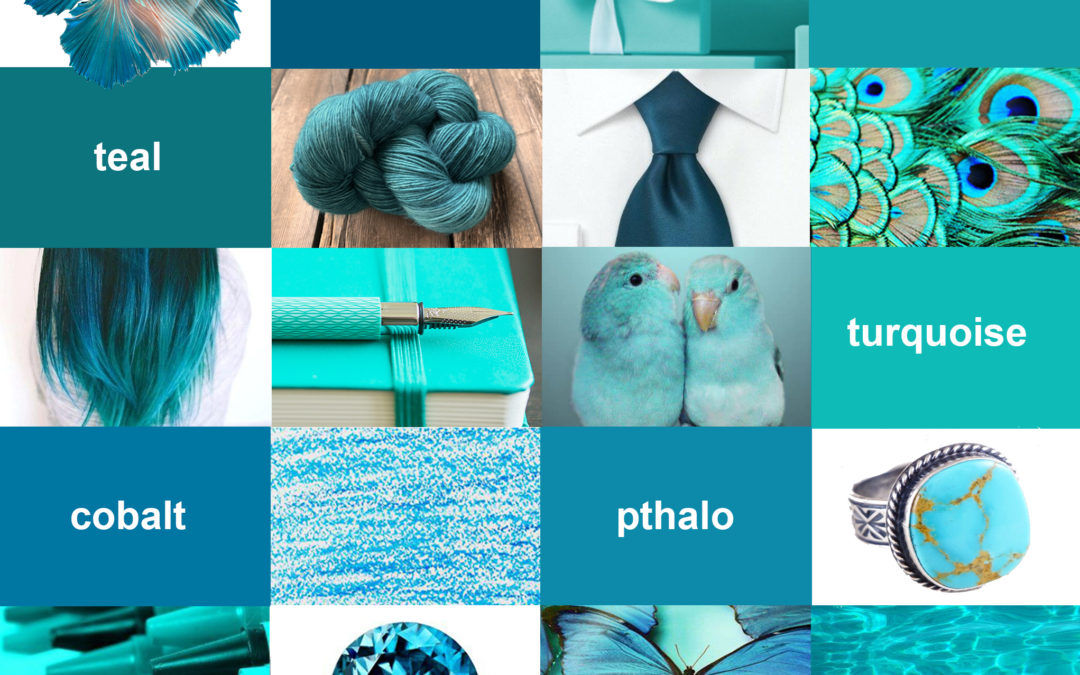

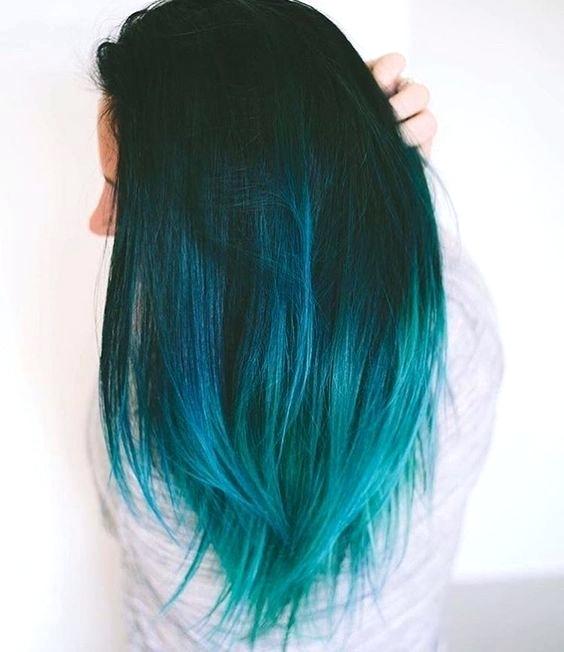
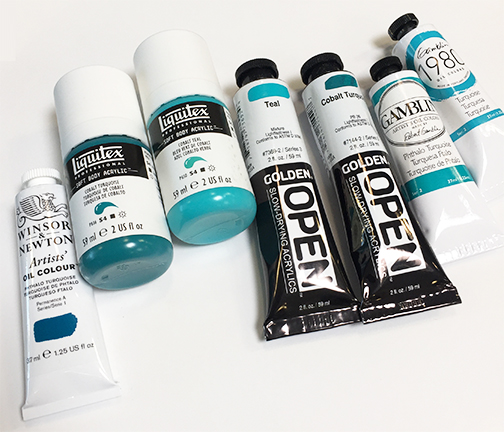

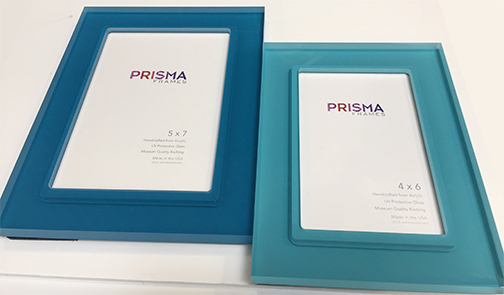
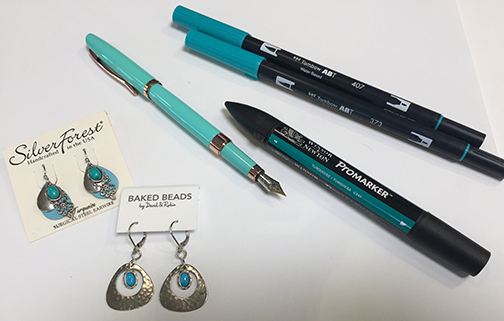

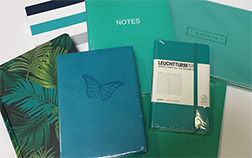
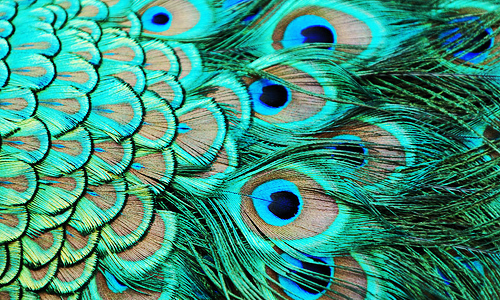


Turquoise is an opaque, blue-to-green color derived from a mineral that is a hydrous phosphate of copper and aluminum. The mineral is rare and valuable in finer grades and has been prized as a gem and ornamental stone for thousands of years owing to its unique hue. In many cultures the gemstone has been esteemed for thousands of years as a holy stone, a bringer of good fortune or a talisman. The sky-blue gemstones were often worn round the neck or wrist as protection against unnatural death. If they changed color, the wearer was thought to have reason to fear the approach of doom. (Meanwhile, it has been discovered that turquoise can change color. The change can be caused by light, or by a chemical reaction brought about by cosmetics, dust or the acidity of the skin!)
Turquoise is a shade of blue that lies on the scale between blue and green. It has characteristics associated with both of these, such as the calmness of blue and the growth that is represented in green. Turquoise can also has the energy that yellow transmits, becoming an uplifting color. Turquoise is similar to aquamarine and has a strong link to the color of the ocean. As such, it can be connected to calmness and peace. Turquoise is a color that balances blue, green and yellow, but it also can be linked to emotional balance. Looking at this color gives a feeling of serenity and stability. Like blue, it can be associated with clarity of mind and creativity. It is a color that encourages reflection and focusing on one’s own needs, thoughts and feelings.
Turquoise is related to serenity, but it can also be related to a focus on the spiritual and the intellectual aspects of the person over emotions.
Teal is a medium to deep blue-green color. It is made by combining blue and green pigments into a white base. The name comes from the Eurasian teal, a common freshwater duck with a bluish-green stripe extending from its eye area to the back of its head. In the early 20th century people began using “teal” to refer to the color. Today’s teal originates from a cognate of the Middle Dutch teling and Middle Low German telink. Teal is considered a darker version of cyan, one of the four inks used in color printing. It was included in the original group of 16 web colors defined in HTML in 1987. Like aqua, teal combines green and blue, but its lower saturation makes it easier on the eyes.
Teal blends blue’s tranquil stability with green’s optimism and healing properties. Teal is the color of restfulness and mental and spiritual balance. The calm shade has a natural dignity that is not contrived or “in your face.” Teal’s understated elegance encourages a calm, reflective mood. Brighter teal tones are unique and smart. People who like the color teal are reliable and independent individuals. They are naturally creative and think for themselves. A teal lover has an even temper and a thoughtful disposition. He or she likely has a talent for mediation and finding a compromise. On the other hand, people who are attracted to teal can be pretentious and prone to overthinking every situation. They may think too much instead of acting on their desires.

